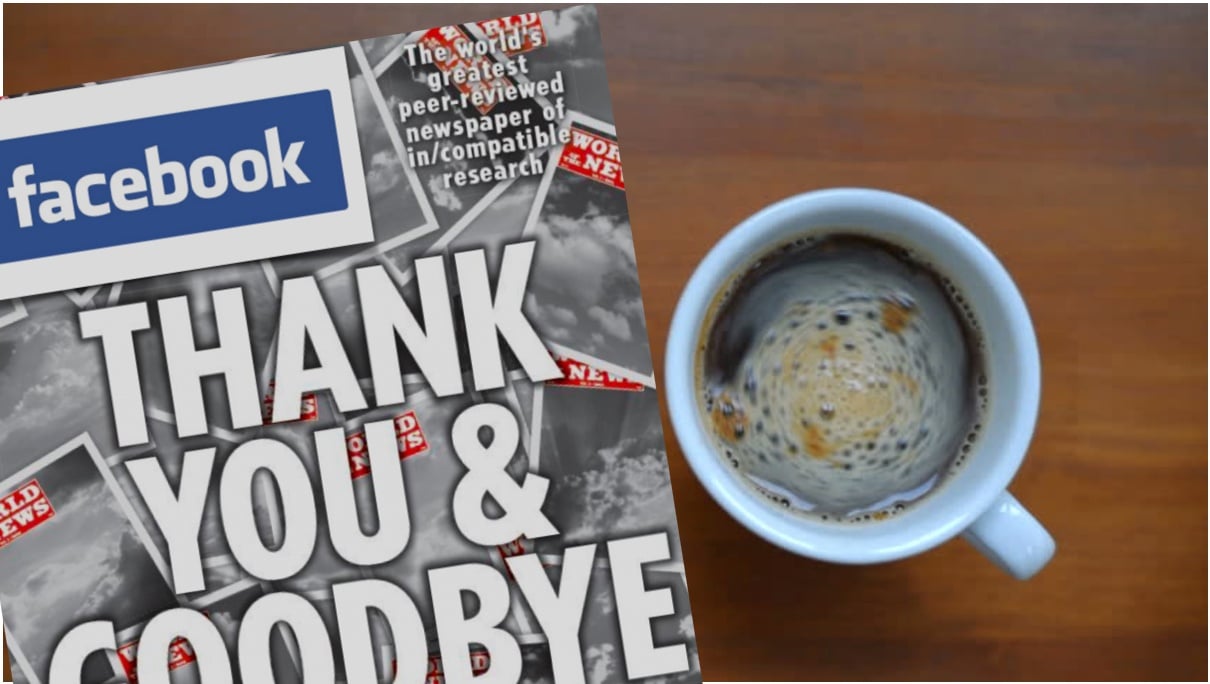From the days of the Gutenberg printing press until, oh, around the early 2000s, one rule seemed to hold firm: People would pay money for news that interested them, as long as it was easy to get, priced fairly and fresh when they got it. Along with it held a corollary rule: Wherever people gathered to read interesting news, advertisers would pay money to have their message alongside that compelling information.
Of course, with the rise of the internet and social media — and especially with the power of Facebook and Google — those longstanding rules seemed to have come to an end. The internet, we all concluded, gave everybody equivalent access to a printing press and ruined the news business. This caused panic in the front offices of newsrooms. With free online news sources proliferating, publishers began to give away valuable content online in an often-futile attempt to retain readers and stop advertisers from fleeing.
The wreckage to the business of news (not to mention an informed citizenry), has been monumental. But the tables have begun to turn in recent years — and the changes bode well for the old model proving itself true once again.
All hail the algorithm
Nearly a decade ago, even the largest news publishers feared they were facing the end times. Facebook and Google had developed what appeared to be the perfect platforms for targeted news delivery: Through the power of mining its usage data, each company could now dominate news distribution by instantly matching the content of any news article with the specific interests of individual users. The smarter its targeting algorithms got, the more Facebook (which also owns Instagram) or Google could charge for premium delivery of a publisher’s articles. With much fanfare, each company rolled out new “partnership” programs with news publishers. Most were skeptical, but felt they had little choice but to sign on.
The idea was initially a huge success, but only for Facebook and Google. By 2017, according to industry analyst eMarketer, the two giants controlled 58.5 percent of digital ad spending in the U.S., totaling $60 billion. Along the way, Facebook and Google officials seemed to sincerely believe the pennies they were steering to news publishers would save their perpetually struggling business.
Not necessarily the news
The power of hyper-targeting coupled with the decline of the news business in general helped usher in the age of fake news. Facebook found itself in the uncomfortable position of having to play censor (aka editor), waging a losing battle to prevent phony news articles from showing up on people’s feeds. Facebook began hiring teams of human filters to be on guard for bogus content, while repeatedly denying that it was, itself, a news organization that should be making difficult editorial decisions and shouldering the responsibilities of accuracy, fairness and balance. Starting in 2015, and again in 2016, Facebook announced changes in its algorithms to de-emphasize news.
Then, this past January, after getting stung by swarms of Russian bots during the 2016 election season, Facebook CEO Mark Zuckerberg announced the company would demote news altogether in its feeds. They would instead emphasize posts by individual members that draw high levels of engagement.
As a result, Facebook and Google have begun to lose digital ad sales. In 2018, eMarketer estimates the duo will capture a combined 56.8 percent of US digital ad investment in 2018, down from 58.5 percent in 2017. And their share of new digital ad dollars is dropping as well: to 48 percent, compared to nearly 73 percent in 2016.
The smart publishers (a.k.a. The New York Times, the Washington Post and The Wall Street Journal) had never pinned their futures on the social media and search giants. Instead they invested in their own digital platforms, put up stronger paywalls and built multimedia studios to create custom “sponsored content” for, and with, advertisers.
The Times’ 2017 results show the extent of its success: Online subscription revenue for the year was $340 million, a 46-percent increase over the previous year. The Washington Post , late to the paywall game, has been profitable for the past two years, thanks to investment by new owner (and Amazon CEO) Jeff Bezos. The Post’s new digital platform and paywall strategies, along with 100 new reporters and editors, has revived the business, with 1 million digital subscribers by the end of 2017 (the “Trump bump” was also a big factor, but I believe that was just preparation meeting opportunity).
The Wall Street Journal, one of the few outlets that always had a paywall, is now using targeting algorithms to predict the propensity of casual visitors to become subscribers. After scoring users based on a number of factors, it loosens or tightens access to content before requiring payment. The Journal now has 1.4 million digital subscribers, up from 1 million a year ago, according to parent company News Corp.
Smaller newspapers as well started embracing paywalls about six years ago, and the number of paid sites, including subscription and membership models, has increased since. Spirited Media, which runs three free local news sites in Philadelphia, Pittsburgh and Denver, has seen early success in soliciting recurring contributions, like public radio and television.
As if doing penance, Facebook in February announced a “Local News Subscription Accelerator” pilot program — essentially making it easier for users to subscribe to a paper straight from Facebook — helping smaller news outlets, it said, to “unlock strategies that help…build digital customer acquisitions on and off our platform.”
“There is no going back”
The lesson here for any organization involved in publishing — be they large or small newspapers, nonprofit publishers or even corporations with content marketing strategies — seems clear: If you have compelling content, you should be investing in creating a digital environment where users will pay to read what you have, and where advertisers will pay to reach your audience.
“[T]here is evidence of renewed efforts of both large and niche publishers to build audiences and revenue streams away from the intermediary platform businesses,” concluded a March 2017 study by the Columbia University Graduate School of Journalism. But the study hedged, saying the Trump Bump might account for most of the change. “It is too soon to tell if this represents a systemic change rather than a cyclical ripple.”
I would argue the change is, in fact, systemic, if slow in arriving.
The days of giving away valuable content in a desperate hope of a few micro-pennies of ad revenue are, thankfully, over. Facebook spokeswoman Campbell Brown was quoted as telling publishers in The Australian [subscription required] last week: “We are not interested in talking to you about your traffic and referrals any more. That is the old world and there is no going back.”
Godspeed, Facebook. But I’d also like to think that means we’re evolving toward a digital version of an even older world, the one that existed before the internet crashed daily newspaper circulation down to 1940s-era levels. Hopefully we are returning to a time when a smart publisher can stay in business by creating unique experiences that attract paying readers and advertisers alike.
Mike Mills, Mod Op Strategic Consulting’s chief content officer, is a former editorial director of CQ Roll Call and technology journalist with The Washington Post.
















